Molecular popping sugar
Let it crackle on your desserts. To sprinkle over sweets, fruit salads, mousses au chocolat, ice creams or birthday cakes.
Sugar of a mixture of sucrose, glucose and lactose, wherein the CO2 was included. This unflavoured sugar is less sweet than normal sugar. The sparkling sugar sprinkles surprise that produces in the mouth with a pleasant crackle moisture from escaping CO2.
Culinary data
Molecular sparkling sugar derived from sugar allows: • to spice up your sweets and salty dishes, • to crackle or “sing” your preparations.
Ingredients: Sugar – lactose – glucose – carbon dioxide CO2 (E290)
Technological data
Dissolution: When the sparkling sugar is dissolved in aqueous environement, it releases the trapped gas and allows sparkling, effervescent or singing preparations. In fat and sugar it does not dissolve so the gas is “protected”. It is only in contact with an aqueous medium, such as saliva for example, the sugar will dissolve and release the gas, giving a bubbly finish. The sensory characteristics: This sparkling sugar has a neutral taste, it does not contain aromas. It can sometimes have a very light caramel flavor due to the manufacturing process. It contains no dyes. It appears as yellowish-brown or slightly darker. Conservation: Sparkling sugar is sensitive to moisture and heat, responsible for the loss of bubbles. Storage: Store in tightly closed container in a cool and dry place.
Toxicological data
• Can not be consumed by people allergic to lactose.
• CO2 consumption as a food additive does not present a known risk.
No daily intake specified and no known side effects at the doses used to achieve the desired effect.
Scientific Data
The popping candy is constituted of small crystals of sugars which have been aerated with carbon dioxide (CO2). That’s why the manufacturing process involves cooking sugar then cooling it under high pressure to “trap” the gas inside. Sugars are found in abundance in nature and are an essential source of energy for our body. Sugars are soluble in aqueous media and insoluble in fat. CO2 is a natural constituent of the atmosphere (about 0.04%); one of the sources is the breath of every living being. In the case of sparkling sugar, it is used for its surprising and pleasant crackling effect of its release. This gassing is possible only when sugar dissolves. Thus in an aqueous medium such as our mouth, the crystals dissolve in the water of our saliva, releasing CO2 responsible for this sparkling sensation on the tongue. In contrast, in fat the sugar is not dissolved, thus there is no gas release. The consumption of 5g of popping candy / sparkling sugar liberates about 20 mL of CO2, the volumes of CO2 in a 25 mL glass of cola is (~ 100 mL) or champagne is (~ 400 mL).
Recipe: Crackle / popping chocolate
10 people – 25 min Preparation – 1 hour cooling.
- 200g chocolate (dark, milk or white) melt it in a water bath / double boiler over low heat, while stirring constantly and regular.
- When the chocolate has melted remove from the water bath and let it cool for 15 minutes while stirring occasionally.
- Add 40g crackle / popping sugar and mix resp. stir very well with the chocolate.
- Spread the mixture nicely on a flat baking tray lined with baking paper.
- Store in a cool place at least for 1 hour to harden.

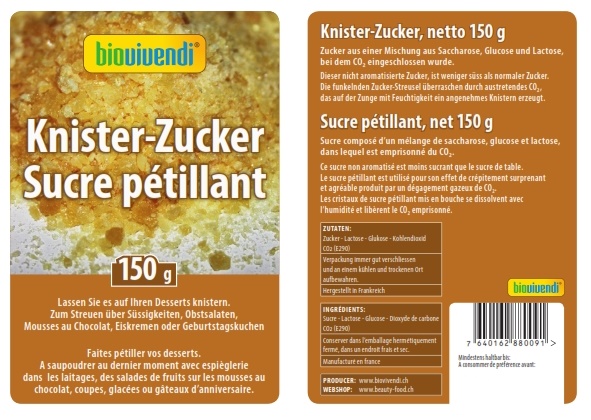
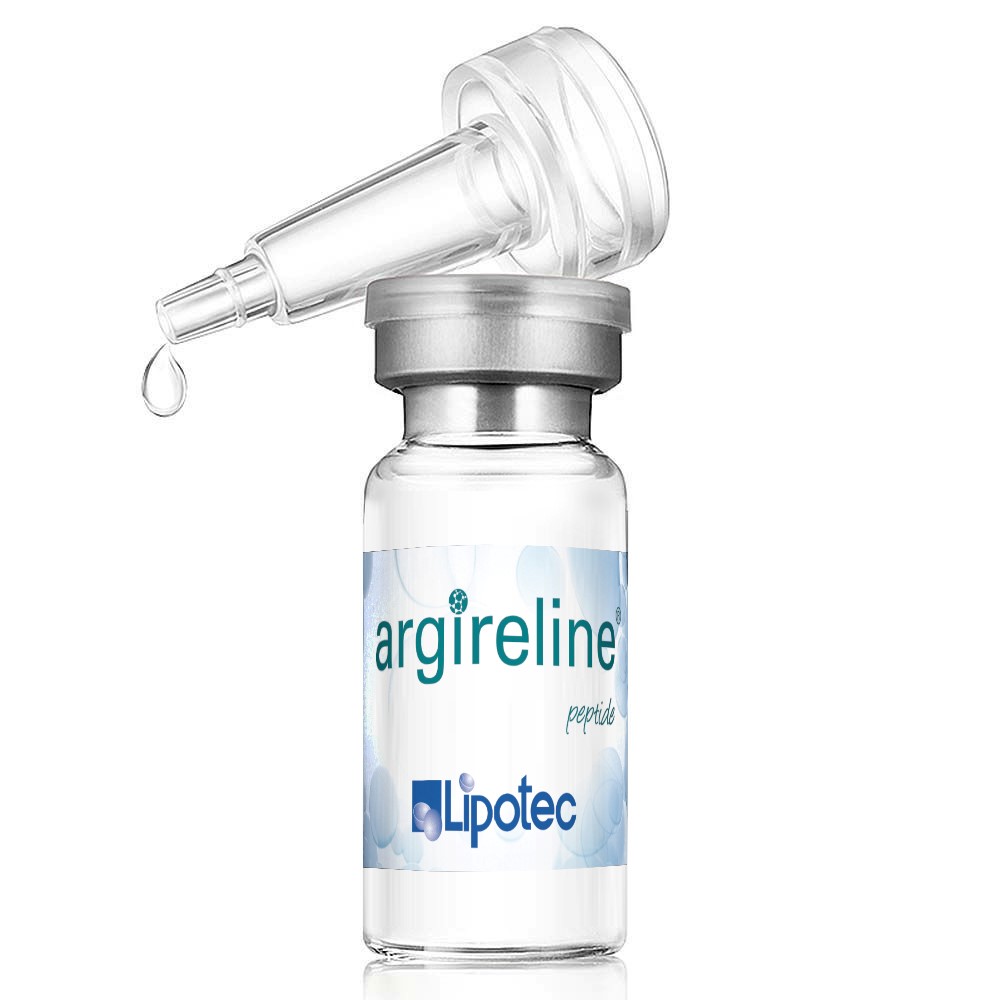
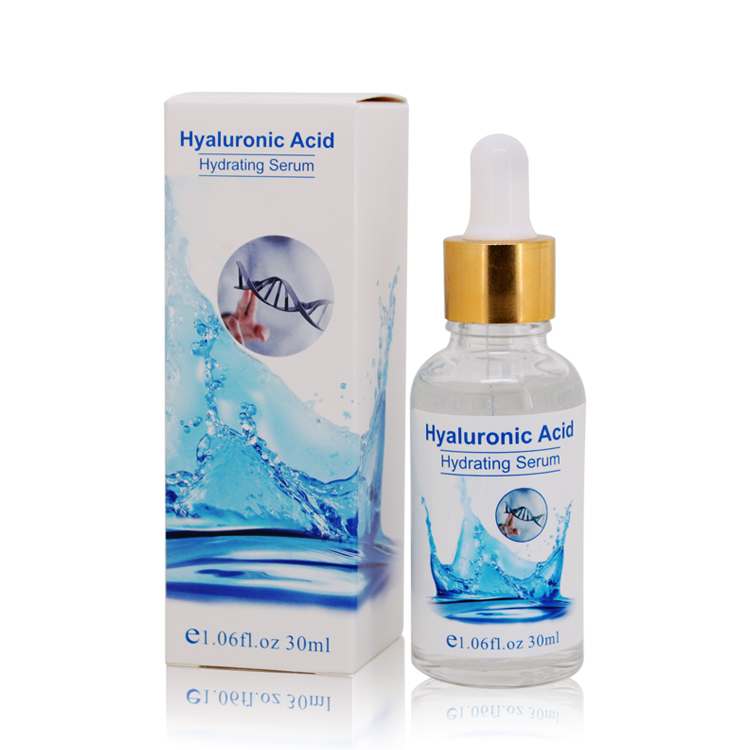
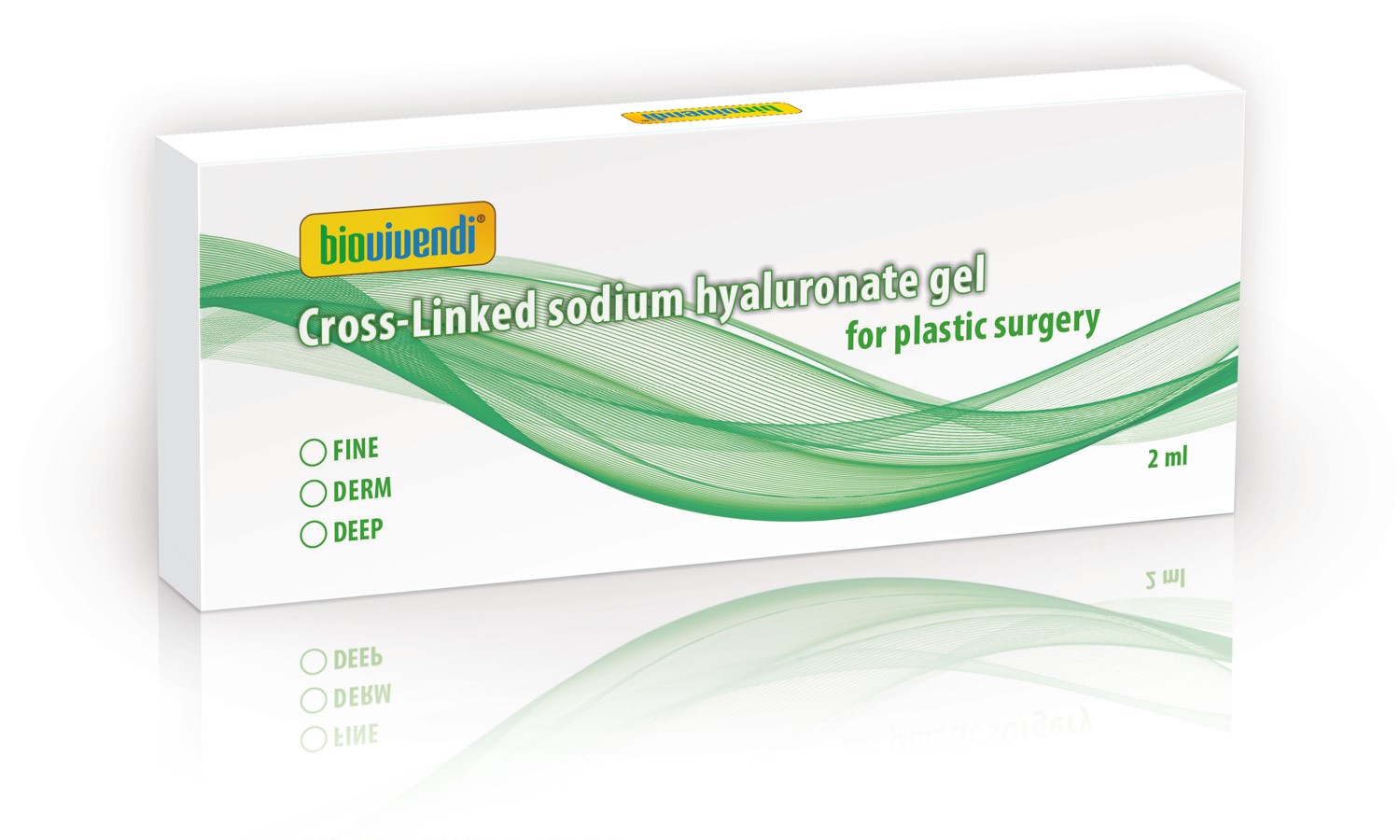
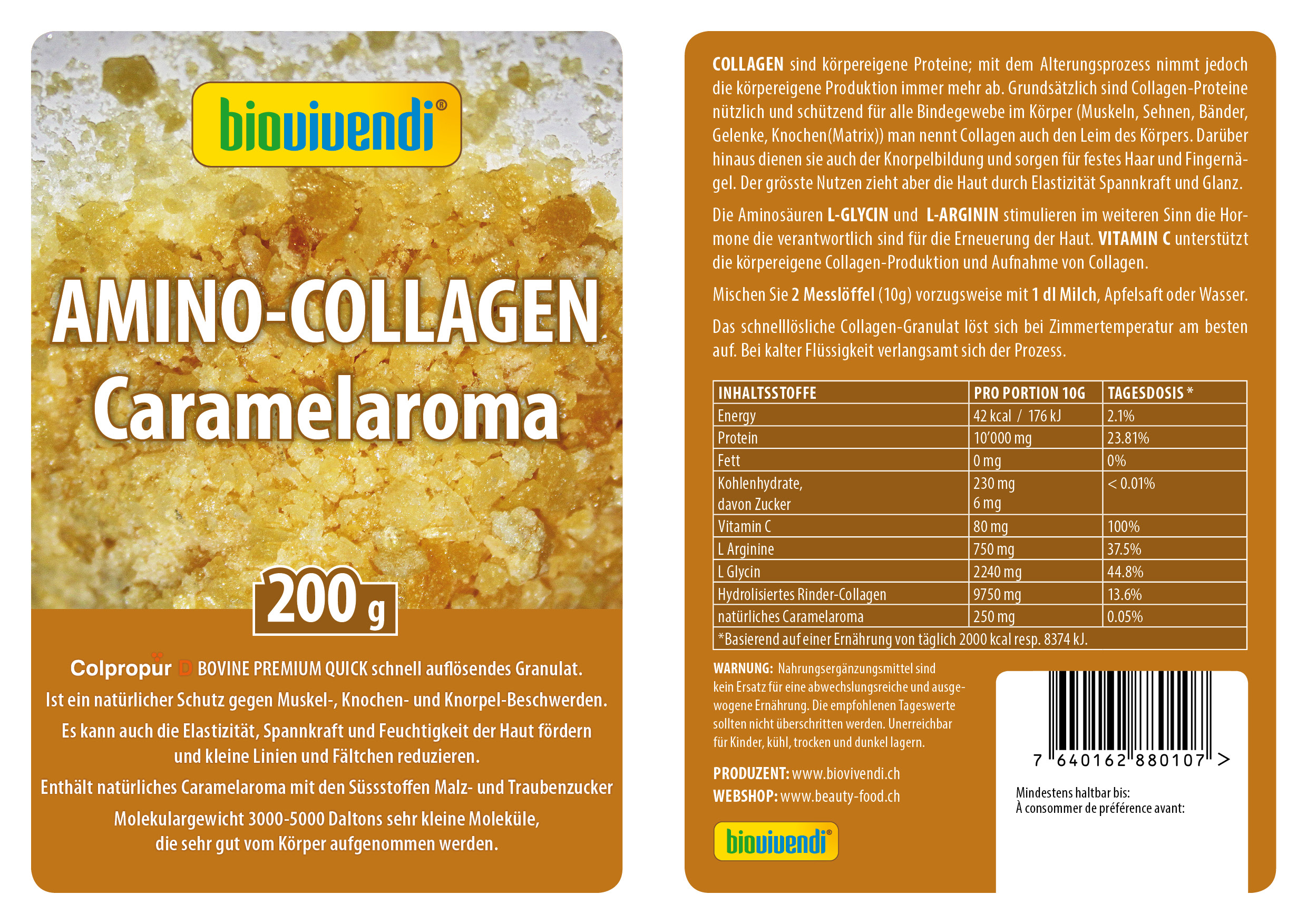
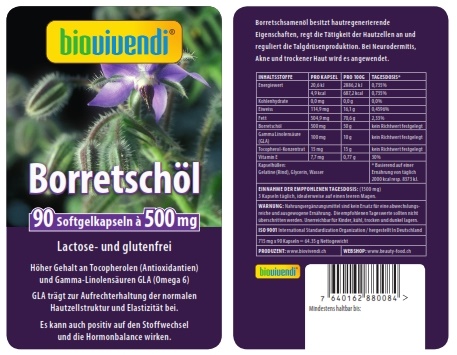
No Comments